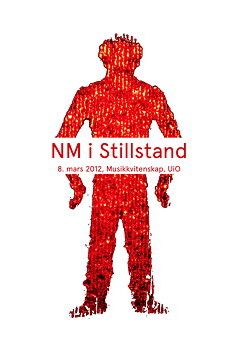How to work with plug-in-power microphones
I have never thought about how so-called plug-in-power microphones actually work. Over the years, I have used several of them for various applications, including small lavalier microphones for cameras and mobile phones. The nice thing about plug-and-play devices is that they are, well, plug and play. The challenge, however, is when they don’t work. Then it is time to figure out what is going on. This is the story of how I managed to use a Røde SmartLav+ lavalier microphone with a Zoom Q8 recorder....
